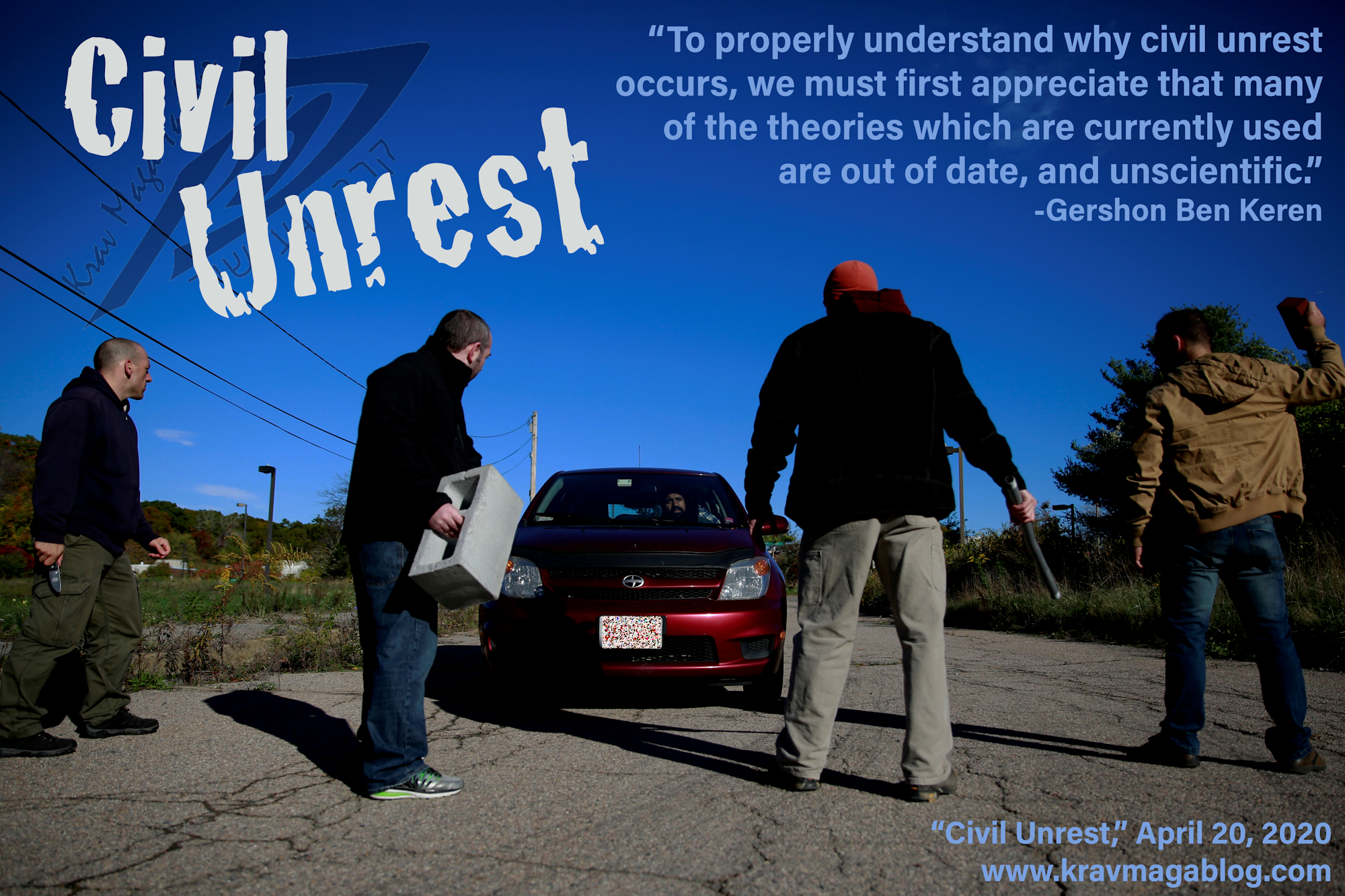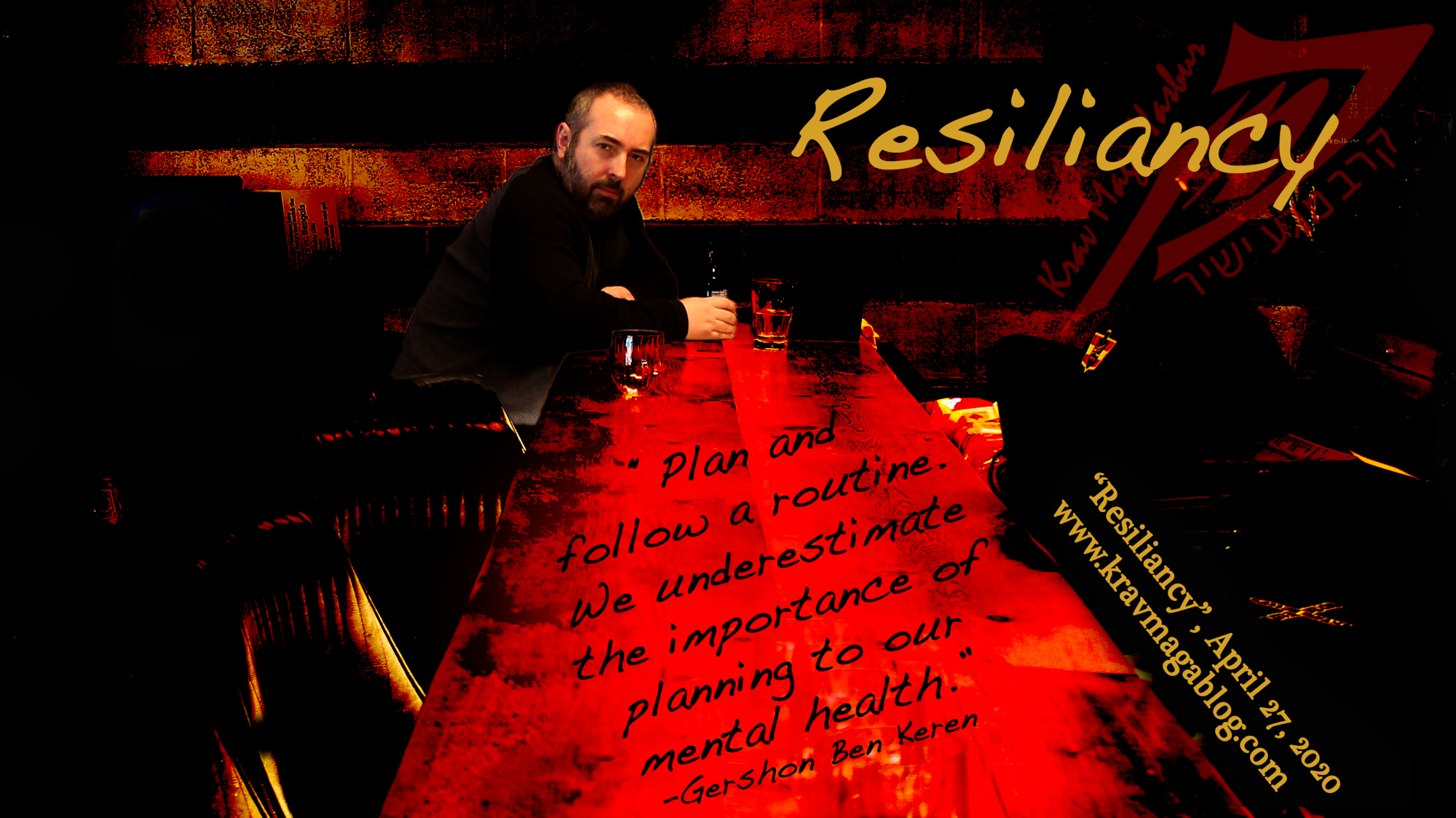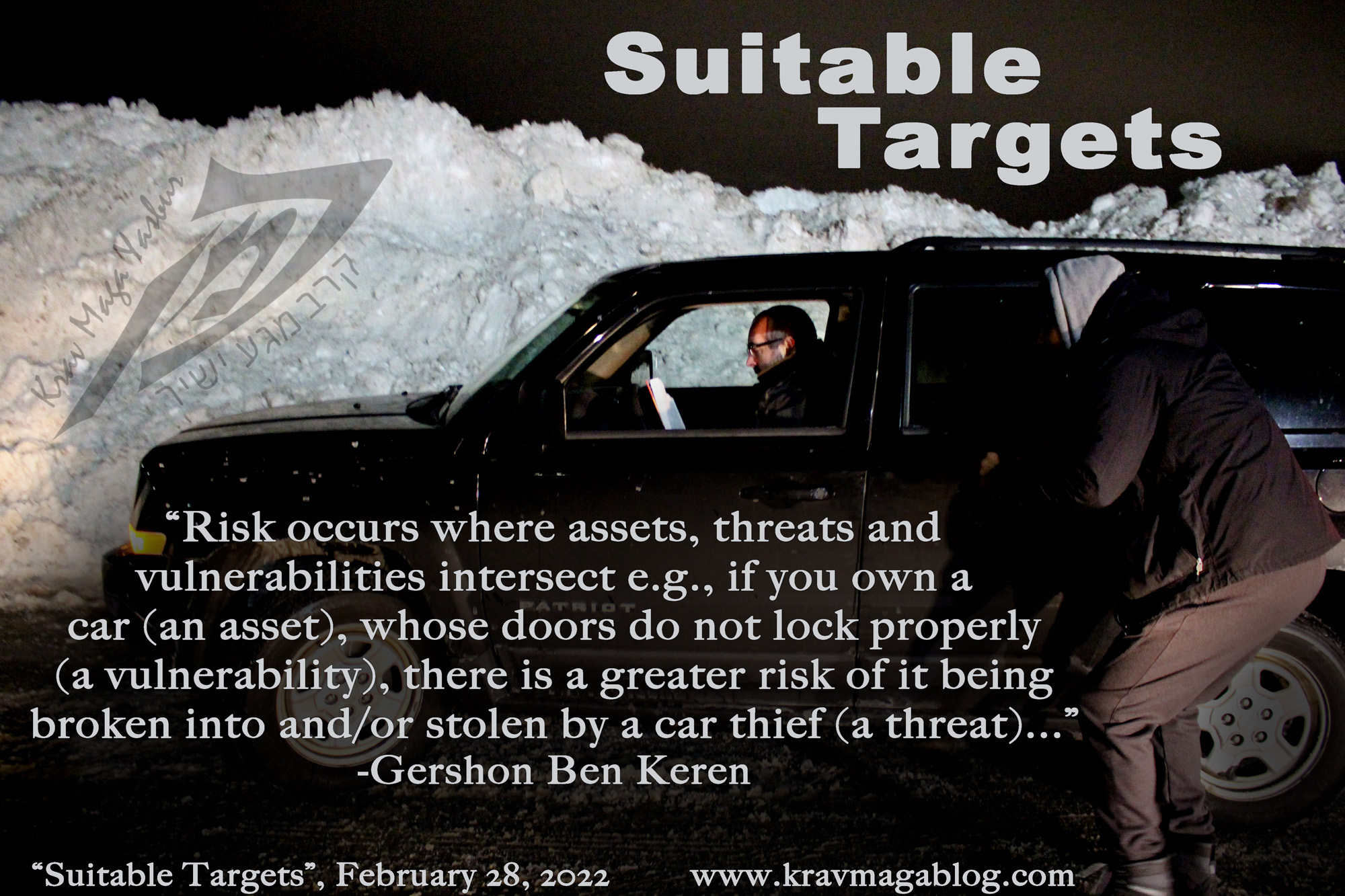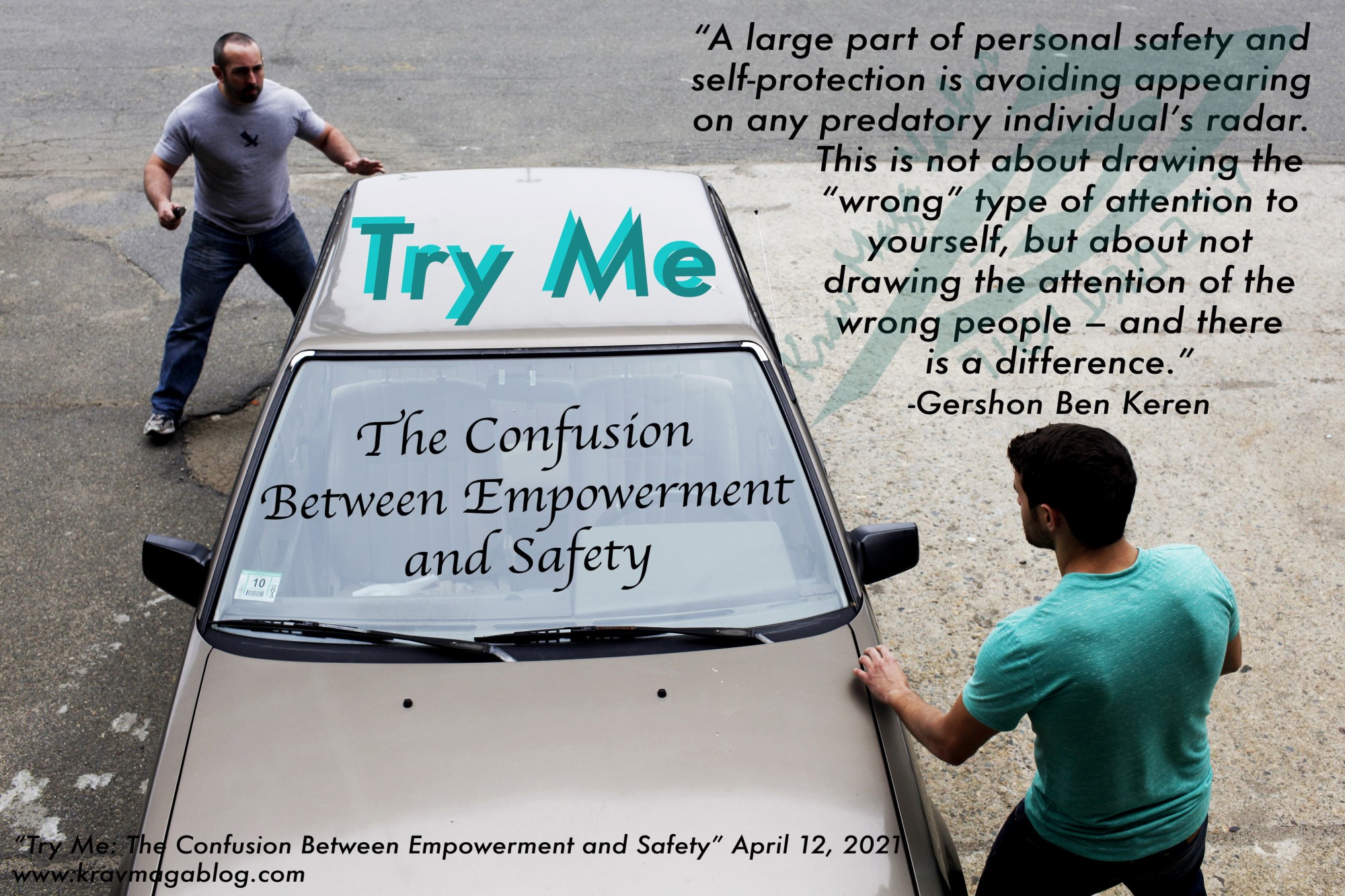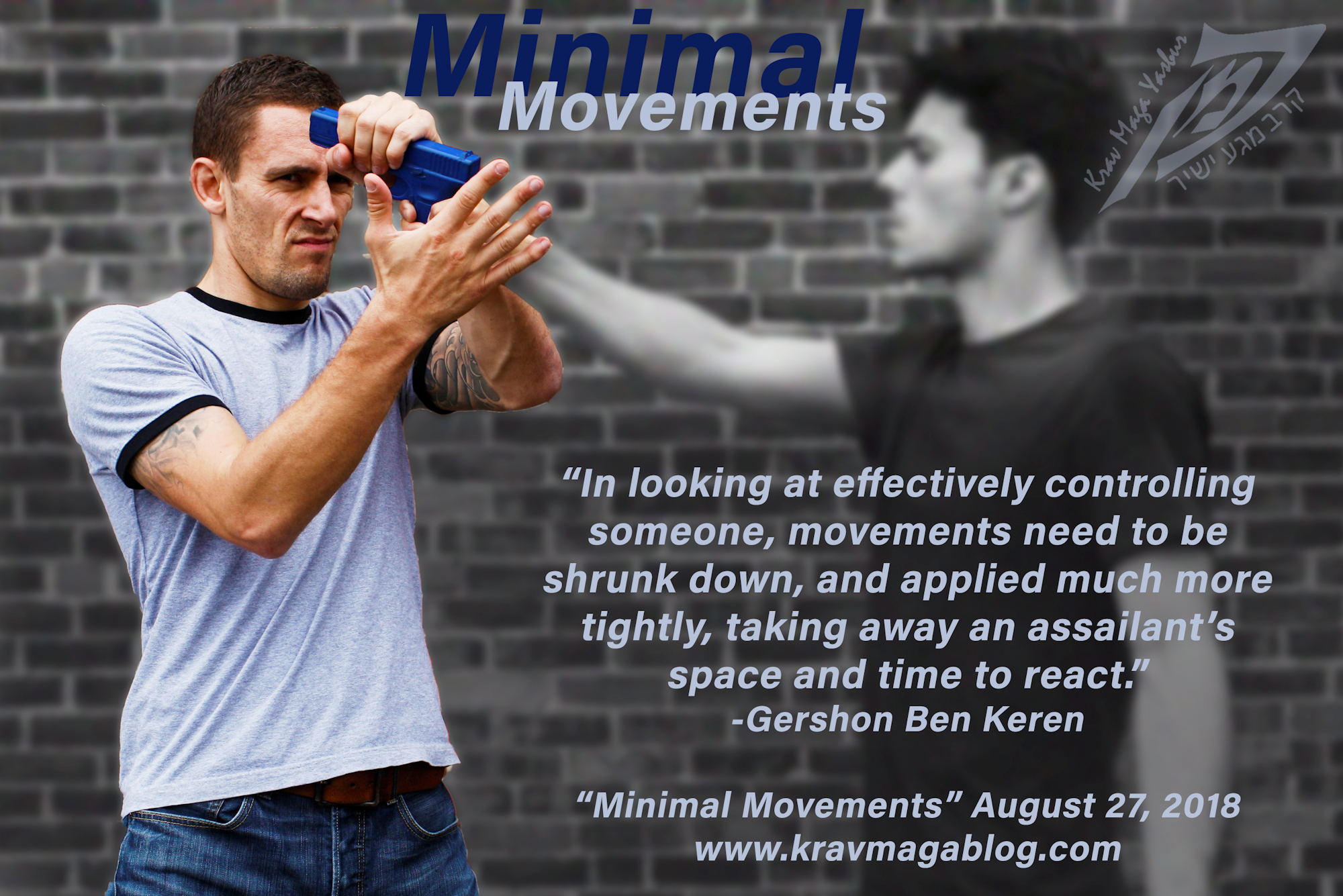Minimalist Movement, is an article written by Gershon Ben Keren, a 5th Degree Black Belt in Krav Maga, who teaches Krav Maga in Boston, MA. He has also authored three Amazon best-Selling Books on Krav Maga.
When it comes to trying to control a limb and/or a weapon, large movements can be bad. Too much movement gives an assailant something significant to react and respond to; the smaller the movement, the less there is to react to. I see a lot of firearm controls/disarms where the person defending, moves the firearm as far away from themselves as possible, giving the person holding the weapon ample time – even if not trained in retention – to pull the weapon away. We are born with a natural grab reflex that sees us pull away from any grab, whether it’s to us, or something we’re holding; and the larger the movement we make, the more likely we are to stimulate it. Yes, we must move out of the line of fire, but at the same time we must recognize that it is a line, and being offline by inches, is as good as being offline by a foot, etc. The only difference is that if we move the weapon to such a degree, we are likely to be met with the assailant’s grab reflex, and find ourselves chasing the weapon, in order to retain/regain control of it. In certain instances, our movements will naturally shrink due to the effects of adrenaline/stress and duress, however we should recognize that in many instances (unless we are trying to generate power), it is often better to shrink and minimize our movements to prevent giving an attacker something major and significant to respond to.
This often means rotating from the wrist, rather than the elbow. Often when people are making 360-defenses, against a knife shank/”Oriental” attack, and they go to control the knife, they make a large, swinging action from the elbow, to scoop up the attacker’s arm and bring it to their chest. This large movement not only gives an attacker something to respond to, it gives them the time and space to effectively react as well; a smaller movement utilizing the wrist, is much tighter, and brings the attacker’s forearm to the chest more quickly. The other advantage of starting the movement from the wrist rather than the elbow, is that the forearm, remains in a blocking position (at 90-degrees), until the controlling motion starts – this is extremely important, because the knife is likely to be recoiled in a tight/fast motion, which may mean that the control can only be executed on the 2nd or 3rd stab, etc. It would be nice to think that the knife can be controlled straight after the initial block is made, however at short range, and when taken by surprise, this is an extremely tall order – as is having the room to make a simultaneous strike; there are times when this is possible, but it is dependent on the context of the attack, and should not be thought of as a universal solution that can be replicated in every situation. Working from the wrist to control the arm, rather than the elbow, restricts the assailant’s ability to react, and denies them the room to respond.
Smaller/tighter movements are also more effective when executing controls such as “cavaliers”, and similar. Large movements involving wrist controls, may appear to generate more power, but they also give more space and time for an assailant to relieve pressure, by rotating the shoulder and/or stepping around. Smaller/tighter movements deny such opportunities and put pressure on an assailant’s wrist/joint much quicker. Working in this way requires more precision and timing – which in turn requires more skill – however the result is a much more efficient and effective defense. In the early stages of learning, practicing large and expansively makes sense, however in looking at effectively controlling someone, movements need to be shrunk down, and applied much more tightly, giving an assailant no space or time to react. This doesn’t mean that a gross motor movement needs to be turned into a complex one, but rather that the size of the movement should be reduced. This takes training, and may at first appear subtle, however with practice, it becomes a default way of moving and operating.
Tight movements are also best in dealing with wrist grabs. If a movement is large, it allows for an assailant to regrip, and reapply pressure in another direction, whereas with smaller movements, these opportunities are denied. This is also true when rotating a firearm, as part of a disarm; a small, tight, fast movement rotates the weapon within an assailant’s grip, making it very difficult for them to reapply pressure – using the barrel as a lever, this sharp rotation should mean that all of the mechanical advantages are with the person making the disarm; a larger, longer, and slower movement means that these advantages are negated.
One of the most important instructions I was given, was that to make a realistic defense, you need to have a realistic attack – however this can be rare in training e.g. attackers don’t always recoil the knife realistically, they don’t pull back when the gun is grabbed, they don’t turn out of controls and locks, etc. If they did, we would soon realize that big movements, create big responses and reactions, and the way that we apply techniques isn’t effective – this doesn’t mean the technique doesn’t work, but rather that it needs to be applied using smaller and tighter movements. Large movements are great for initially learning and understanding a technique, but our goal should be to tighten everything up, and remove any unnecessary room and space, being much more efficient in our movements.
0 COMMENTS